A couple of months ago, my wonderful writing professor Luis Jaramillo asked me to guest teach a session of his undergraduate class on food writing. At first, I was cowed by the request; as a journalist with only a couple of years of experience and zero training, what could I bring to the (metaphoric) table?
Yet the more I thought about the prompt, the more I realized that over the course of my time as a freelancer, I had, in fact, come up with my own personal theory about how to write about food — and it could perhaps even be helpful to some of these young food writers.
Not sure how many of you are here because you, too, write about food, but for this edition of the newsletter, I thought it might be a fun programming break to write out the contents of my lecture on the first (and most important!) element of food writing: Idea generation.
When you pitch an article about food to a publication, you need to be able to justify why it’s worth writing about — in other words, you need to be able to state clearly and concisely how your potential article idea is newsworthy. So, without further ado, here’s my guide to newsworthiness.
Six factors of newsworthiness
Timeliness
Often, I find that when I want to write about food, what I’m really trying to do is write a feature piece: I really want to profile a local business, or tell the story of a chef, or describe a really good meal I ate, and those projects have nothing to do on the surface with the news. Yet through the process of pitching, I’ve found it inescapable to contend with the fact that features are still, at the end of the day, news — and news depends on timeliness.
Without a timeliness angle, you won’t be able to publish anything. Yet it’s also worth noting that an article that coasts solely off timeliness is one that will not be interesting for long. Take, for example, my first-ever cold pitch: Jurassic-Size Fun in a Rooftop-Size Package: Dinosaur Mini Golf Opens at BK Children's Museum. I sourced this story by going on Google Maps and clicking around a bunch of Brooklyn businesses to see whether they had anything exciting going on. It has aged particularly poorly because it was only useful for the week or so after it was published; to write a truly good piece, you probably want to combine timeliness with another factor of newsworthiness.
There’s about a month-long period after opening in which the restaurant is still considered “new.” If you can turn a story in this time, then a publication might be interested; afterwards, the novelty of the restaurant becomes passé. In some rare situations, you can argue for the timeliness angle of changes within a restaurant, like seasonal specials, especially if they’re part of a larger trend piece: Take Grub Street’s recent coverage of an increased hunger for fro-yo as example.
My strategies for keeping up to date on new restaurant openings are many. When I was just getting started, I was following lots of mysterious new Instagram accounts, wandering the city to find new storefronts, and even sometimes checking on the State Liquor Authority’s public query page to see who was applying for liquor licenses. Now that I’m more established (and less intensely on the beat), I’m mostly just periodically checking in on the Eater most anticipated new openings list. Also, PR people (hi PR people!) often send me emails alerting me to new openings, which makes keeping a finger on the pulse easier.
Relevance to publication
Every story you pitch needs to belong to the publication where you’d like it to appear. This law is sometimes obvious and easy to implement: When I was pretty exclusively writing about restaurants for publications called Brooklyn Magazine and the BK Reader, for example, I could not pitch stories about restaurants in Manhattan. Duh!
What’s maybe less obvious is that you always need to read a publication before you pitch it. Not just one article — at least three. Better yet, make a habit of it. Familiarize yourself with what’s out there! You will look STUPID if you go to TASTE and say that you want them to publish your restaurant review; likewise, you will look like a DULLARD if you pitch your recipe for matzah ball soup to Eaten. Do not take your hard-hitting corruption investigation to the Infatuation. That’s not what they do!
For example, my former employer Tasting Table strictly publishes roundups that aim to be evergreen, with a national audience in mind. The editors are not super interested in site-specific or timely pieces, and prefer to write whenever possible about fast food chains that are widely accessible instead of one-off small businesses. That’s why the first thing they assigned me was 14 Restaurant Chains With Fries Cut From Fresh Potatoes. After getting a couple more articles under my belt, I was able to push my focus toward topics that were slightly more interesting to me, like 16 Spots for the Best Gelato in NYC and What to Know About T-Swirl Crepe, the Popular Japanese-Inspired Dessert Chain; still, this was not a place where I could pitch a story about a restaurant opening.
Novelty
Imagine, if you will, this headline: A new Italian restaurant is opening in Manhattan. Are you interested in that? Would you click that link?
Probably not. There are approximately seven million Italian restaurants in Manhattan. Why should you care if another one is opening?
By contrast, consider this: Atlantic Avenue’s newest entry serves up Lebanese tacos. A Lebanese taqueria is much more compelling than another Italian spot because it’s a new concept for most readers. SYKO, a Syrian/Korean fusion spot in Windsor Terrace, offers the same novelty, as do the vegan donuts at Cloudy Donut, and the fully gluten-free offerings at bakery Sixteen Mills. When chefs are using their space to try something new, like a novel flavor combination or an event series, it’s worth noting — and it’s usually something people want to read about.
Prominence
Prominence refers to an actively good reputation, potentially conferred by awards or established notoriety within the food scene. If the head chef at a new restaurant has previously won a James Beard award or worked in a Michelin-starred kitchen, there’s a higher likelihood that the food is good, and people will care to hear about it.
Think back to the new Italian restaurant that just opened in Manhattan. What if I told you that its owners were former chefs at Eleven Madison Park, one of the most well-regarded restaurants in New York? I, for one, would be much more excited to learn more about it.
Stories of this type require a deep knowledge of the existing field. There are some automatic shoo-ins, of course: Caffè Panna, for example, was guaranteed to make a splash in the press because its owner Hallie Meyer is the daughter of master restauranteur Danny Meyer, who owns Union Square Hospitality Group and all that it contains; when the gelateria expanded to Greenpoint, it was very easy to pitch my own coverage. Same goes for when the famous Ukrainian diner Veselka opened up in Williamsburg. The most prominence-focused article I’ve authored is probably Newest Restaurant From The Owner of Miss Ada Opens in Fort Greene — no mention of the new restaurant’s name or cuisine was necessary in this headline, since Theodora’s debut was entirely defined by the existence of its sister restaurant.
Human interest
Next up is human interest stories — articles that rely upon the characters involved, rather than the food itself. These are the hardest stories to track down, since they require really getting to know the interview subjects; this often makes them some of the most rewarding to report. Think of the overlooked chef in the kitchen at your favorite restaurant. What’s their story? Is it interesting enough to warrant a feature?
In late 2023, I wrote this story about a chef named Jennifer Carey who operates a pretty standard French bakery and teaching space in the East Village. She was a corporate worker at the World Trade Center, and was present in the towers during 9/11; she told me that she realized as she rushed down the stairs after the first plane hit that she had to leave behind the corporate world and become a baker. At the time, Carey was starring on a new show (timeliness) on the Food Network (prominence), but the strong human interest angle of her 9/11 experience was what made her story compelling enough to publish.
Another example: Novelist Maura Cheeks opens Brooklyn’s newest bookstore and wine bar. Here, I’m leaning heavily on the human interest angle of Maura as a debut novelist; this headline was newsworthy enough to get my piece a mention in the New York Times daily newsletter, which basically just paraphrased it.
Aesthetic appeal
Aesthetic appeal is what I think of as the gimmick category, made all the more popular by TikTok’s vise grip on the food scene. You know these headlines already: New York’s best sandwich is served in a gas station. The controversial restaurant that covers your phone camera and has frogs plastered all over the walls has closed. The coolest new restaurant on the Lower East Side serves only three items, with a side of crayons: Steak, a salad, and a brownie sundae.
If there’s something purposefully weird and/or gimmicky about a restaurant or food trend, you can usually use it as justification for coverage. Maybe the aesthetic appeal is in the ambiance of the restaurant, as in the gas station sandwich; maybe the restaurant serves specifically flashy dishes, like a burger covered in gold leaf that sells for $6,000, or the sickening towers of sugar that made headlines as the “craziest milkshakes” of all time when Black Tap came onto the scene.
I’ve written about grabs for attention by restaurants before (Free Pasta in Bushwick?; Dromedary Doughnuts Now Doubles as a Smokey Speak-Easy), but be warned: It’s often difficult to write a whole story around a gimmick. There’s a reason why these stories proliferate in short-form video format.
That’s it — those are my six pillars of newsworthiness. I’ve found that most food writing falls into at least one of those categories, if not more.
If you yourself are a fledgling food writer and you have ideas of stories you’d like to write and want to bounce them off me, feel free to reach out; I love this stuff, as you may or may not be able to tell. Also, once you’ve settled on an idea, I cannot recommend enough using Aliza Abarbanel’s pitching guide to give yourself a sense of what pitch emails look like.
In other news
New York’s hottest club is a bathhouse: If you missed it, I published a very in-depth piece in Thrillist last month on bathhouses. Just when it was a couple days from publishing, a huge scandal came out about how Bathhouse might have given two anonymous Reddit users UTIs, which of course changed the whole piece — and added timeliness. Anyway, I love to bathe, and got to interview some unbelievably interesting folks for this one, including those behind the
Substack, which I recommend.
“If we could do it, anyone could”: My most recent Ask-a-Cooperator column is an interview with cooperators Samara Doucette and Mike Weiss, who live in a very old Finnish co-op in Sunset Park and ushered in a whole host of upgrades to make the building work more efficiently. (This one is squarely human interest.)
Most importantly, THANK YOU: I just hit 500 subscribers on this silly little newsletter, and I am so thankful for you all.
Lastly, I’m in Paris for the next couple of days, and Copenhagen soon. Where should I eat? Let me know…
xoxo
Hannah


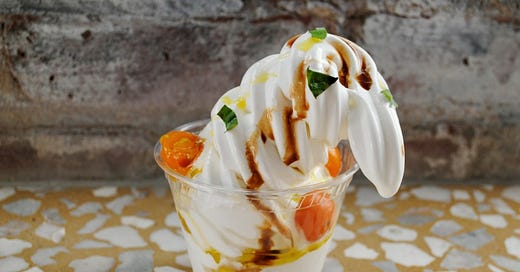

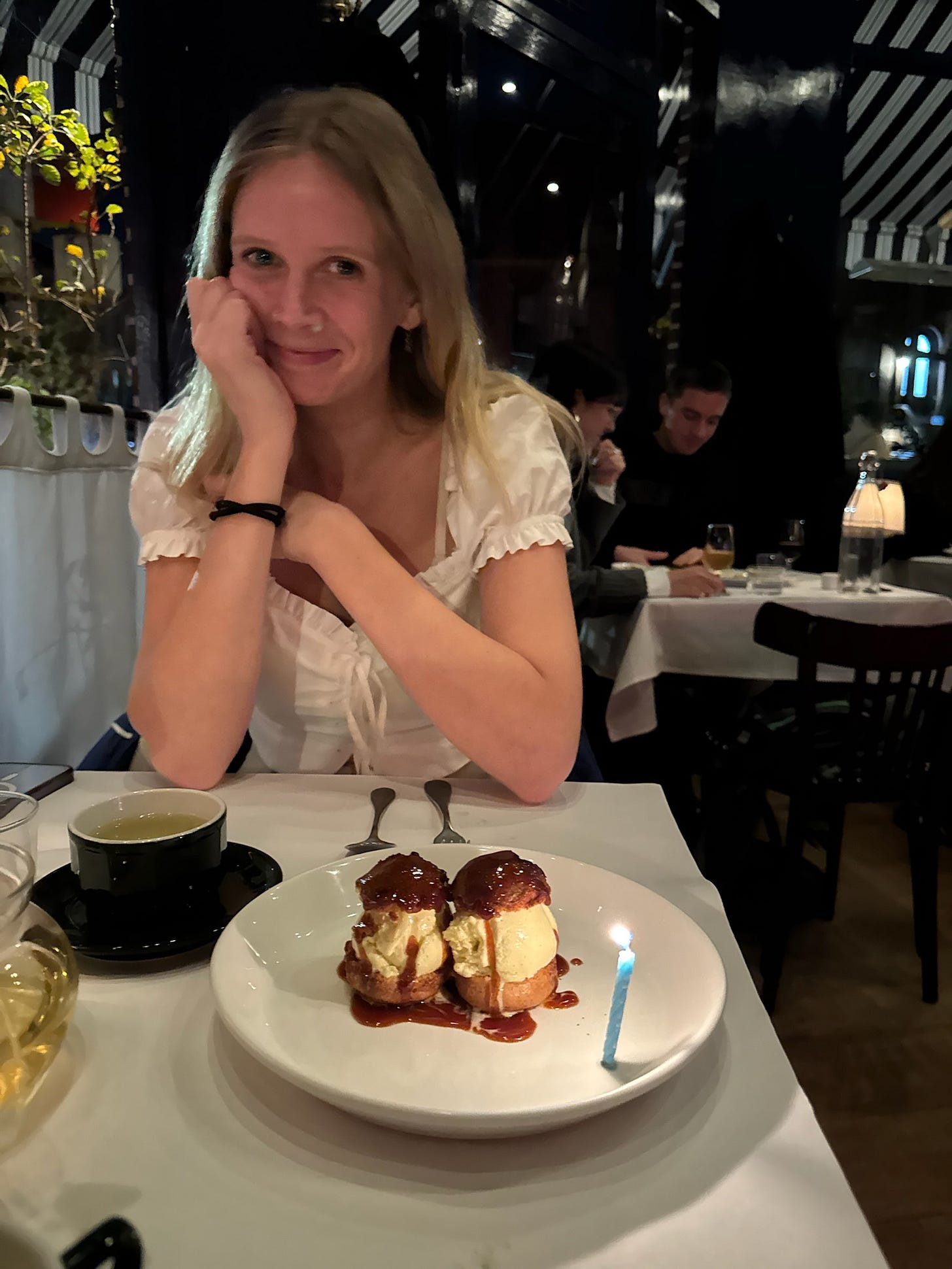

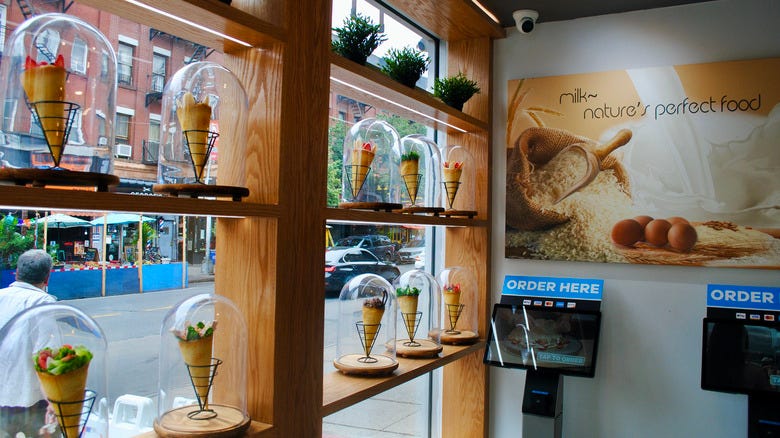
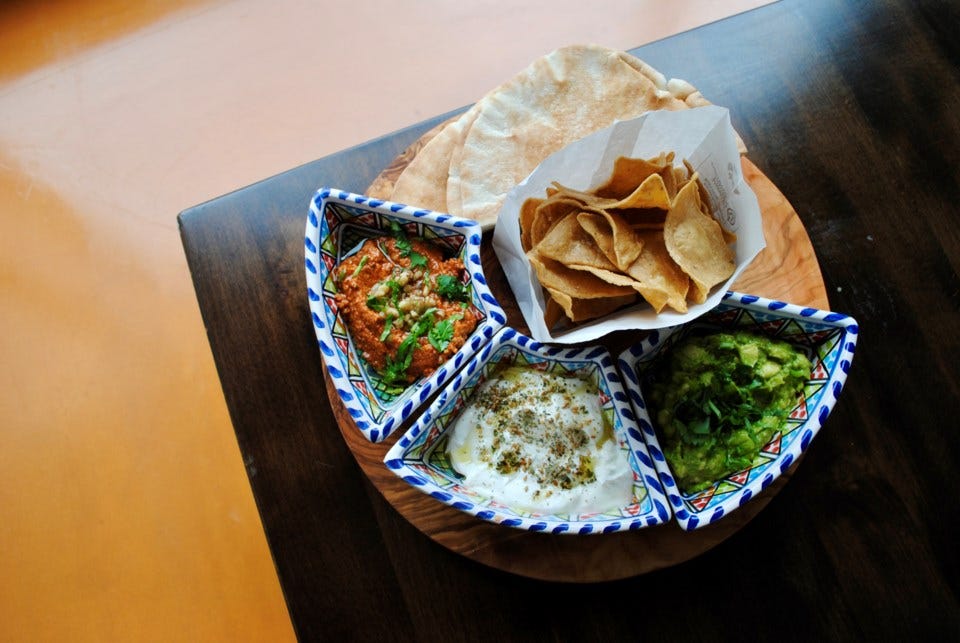

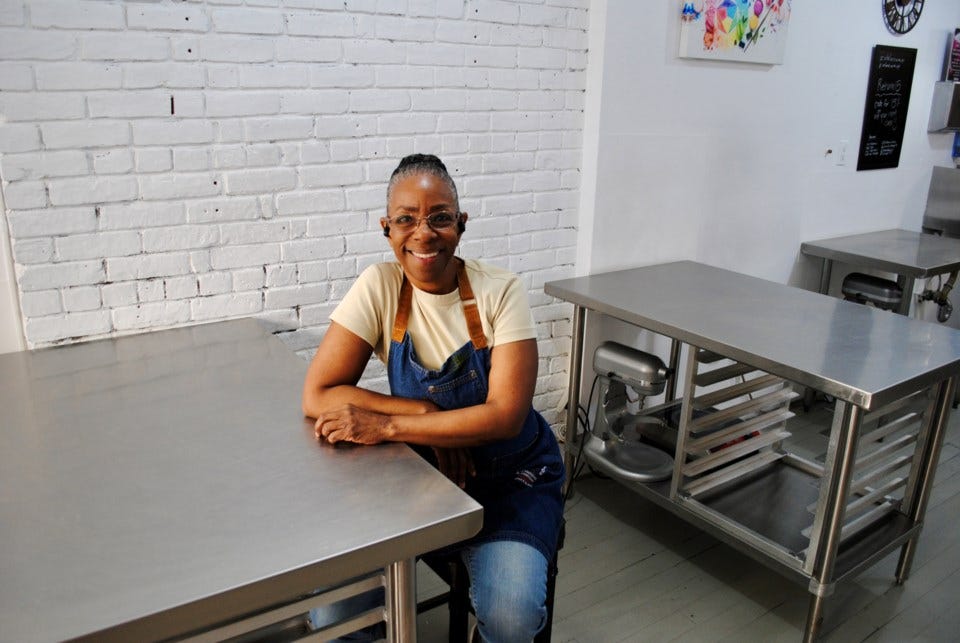
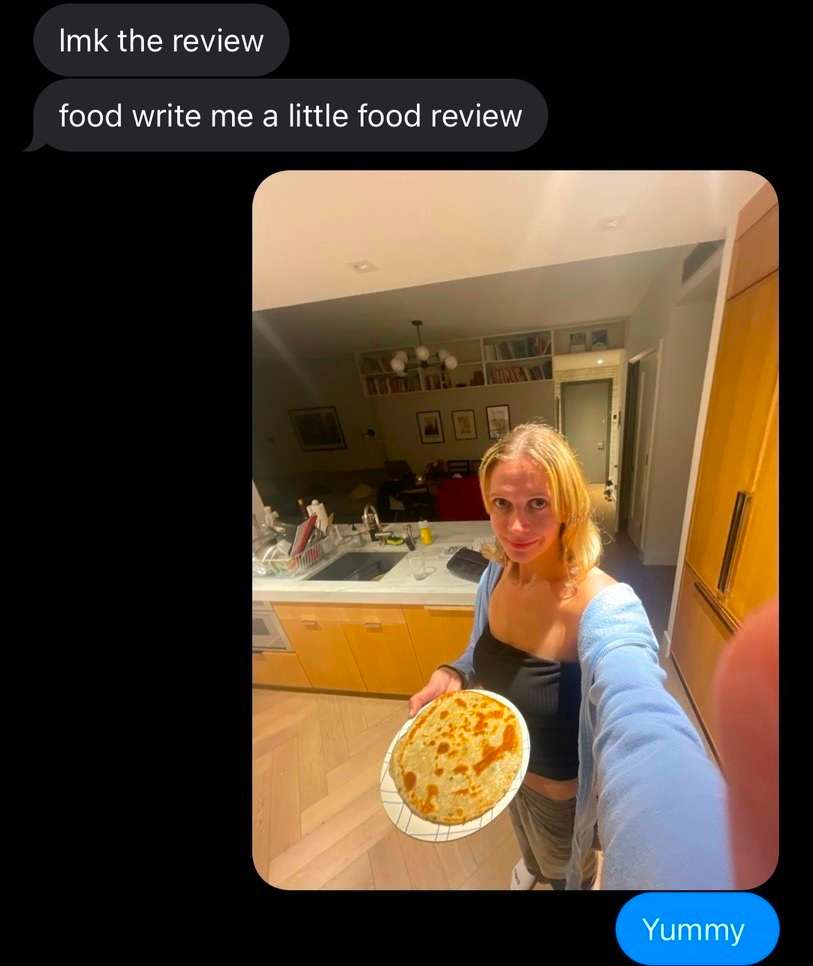
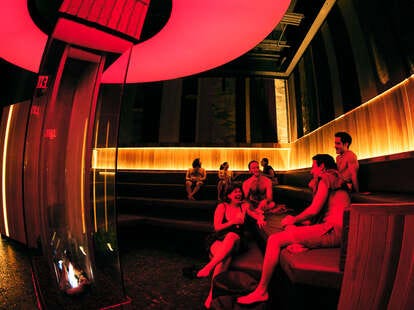
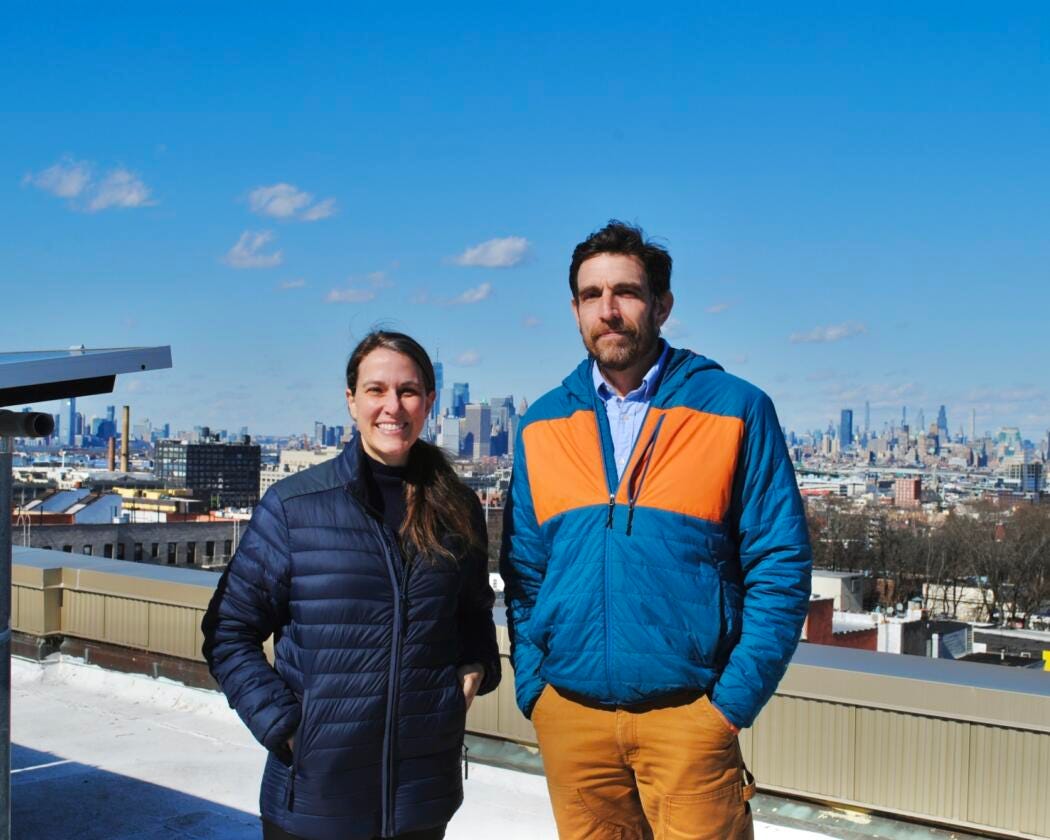
i love the thoughtfulness behind this <33 paris - strongly, strongly recommend Adraba (be sure to get a drink from the bar), and Kubri. both non-french but very beautiful. boulangerie utopie has the best pastries, especially the sesame roulé!!!
Copenhagen - on my most recent trip, Omar and Kødbyens Fiskebar were the highlights (tho the latter had brutally slow service compared to my last meal there, must have been an off day). Get a Børge (big sausage) at Harry's Place. And for art things, Cisterenes is a super cool space.